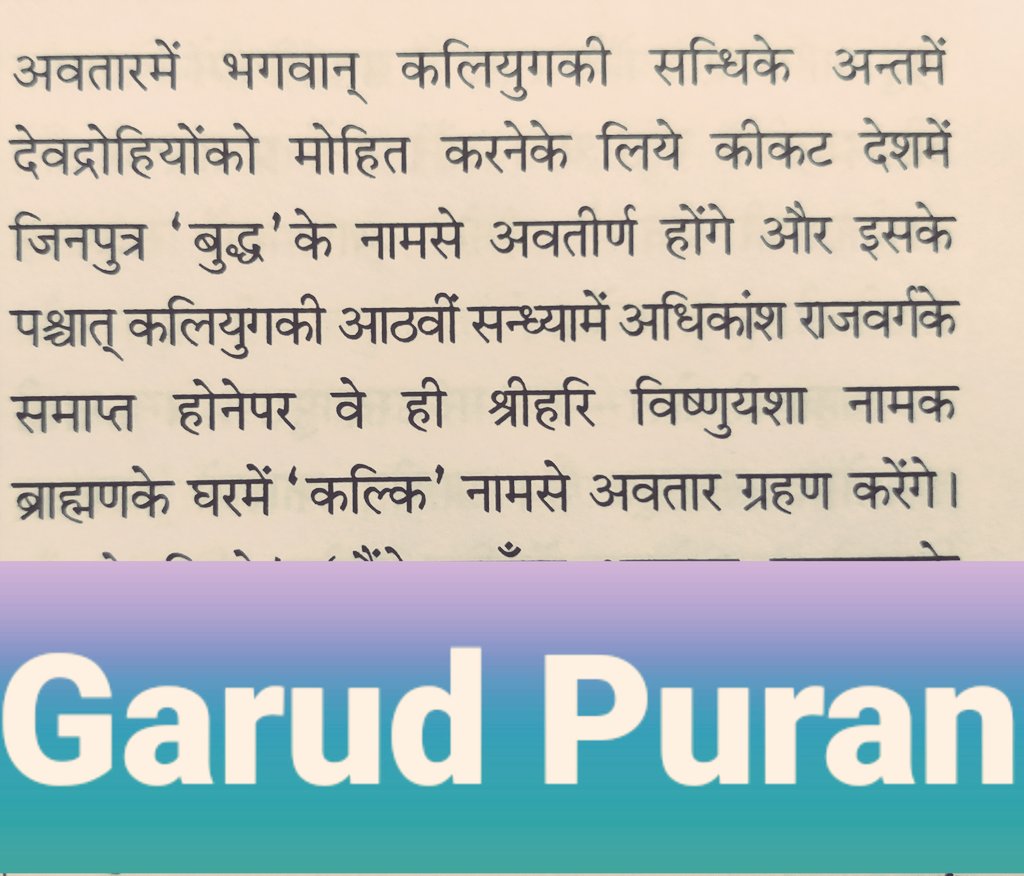NĀRADA & HIS BHAKTI-SŪTRAS :
Bhakti – Love Divine :-
Of Love Divine (Sūtra 1 to 6)
All our philosophical textbooks are written out by the great 'rishis' and 'thinkers' in the form of sūtras.
The term, ‘sūtra’, means ‘string’ – the string on which the arguments &
#Thread
thoughts are strung together to become an enchanting garland of ideas.
This is the philosophy of devotion, of love for 'Paramatma' stands today attributed to the Devarṣi Nārada.
He works everywhere as friend, philosopher and guide, to all devotees.
Let's begin the journey !
NĀRADA & HIS BHAKTI-SŪTRAS :
Bhakti – Love Divine :-
Of Love Divine (Sūtra 1 to 6)
Sūtra 1
अथातो भक्तिं व्याख्यास्यामः॥ १॥
Now, the doctrine of devotion we shall expound.
After having developed all the qualifications necessary for the practice of devotion (atha), the student
feels no spiritual satisfaction, and therefore (ataḥ), he must now diligently walk the path of devotion. According to Rāmānuja, the teacher of viśiṣṭādvaita, there are seven qualifications necessary in a seeker who plans to pursue devotion. They are:
(1) Discrimination in food (viveka), (2) Freedom from desire (vimukha), (3) Practice (abhyāsa), (4) Habit of doing good to others (kriyā), (5) Purity in thought, word and deed, non-violence, charity, and such other virtues (kalyāṇa), (6) Cheerfulness (anavasāda), and (7) Absence




